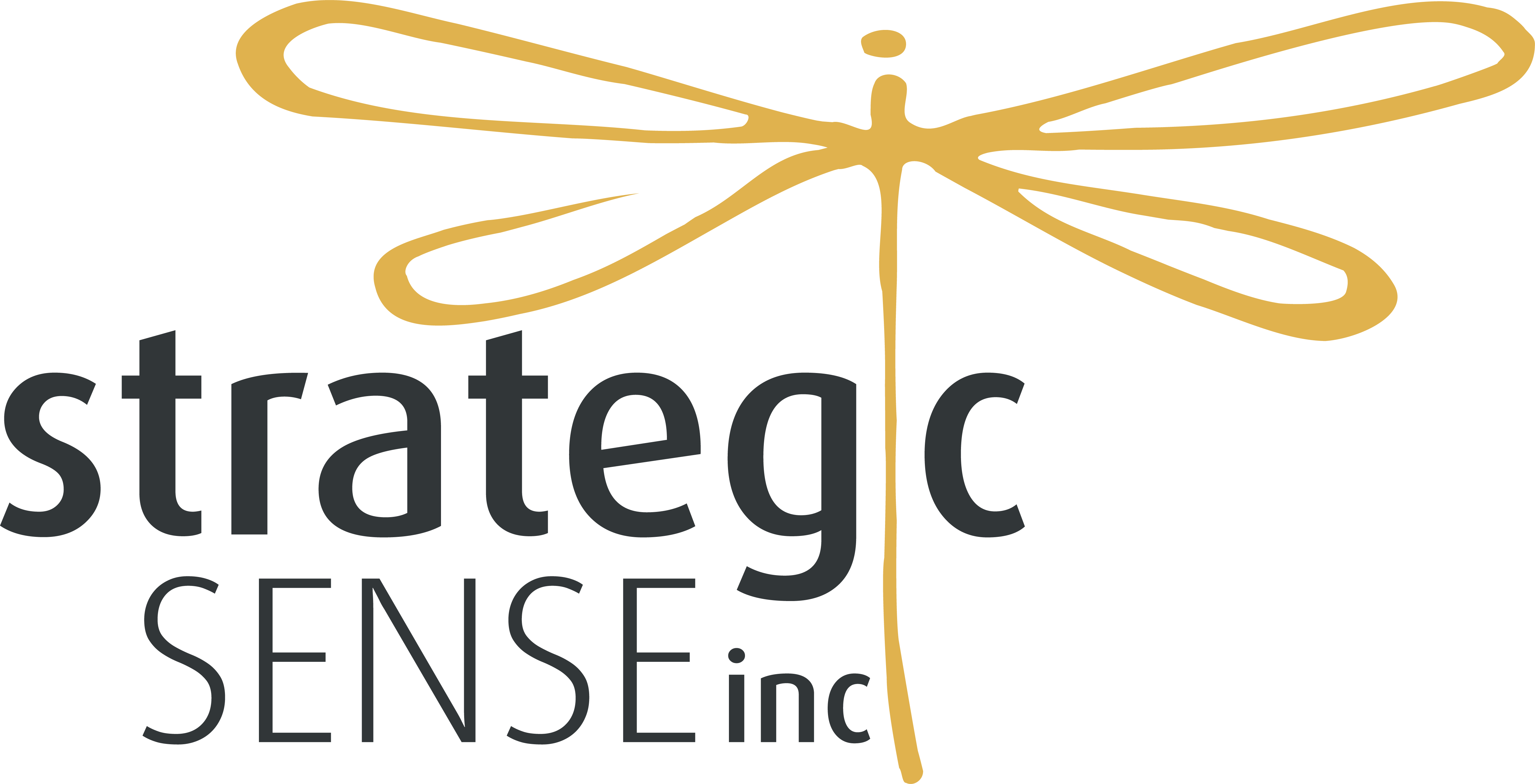 Mergers and Acquisitions (M&A) are an enormous effort for the companies involved. Not only are you busy putting process and financials together between two companies, every single level of the organization must take on a ‘change role’ as they begin to integrate.
Mergers and Acquisitions (M&A) are an enormous effort for the companies involved. Not only are you busy putting process and financials together between two companies, every single level of the organization must take on a ‘change role’ as they begin to integrate.
There are several ways we see this managed by the companies involved:
- Push: The larger acquiring company pushes it’s systems down to the acquired company and defines a “This is how we do things here” stance.
- Handshake: The two companies take the time to evaluate the systems and processes in order to determine which ones will work best for the newly forming organization.
- Separation: The companies are tied at the highest level, but the two companies work and function with autonomy from each other with exception to the reporting levels.
- Pull: This happens when a very small company is purchased by a larger organization, often you will see the small company become a department or branch of its own, taken under the wing of the parent company.
Many of us have been through one or many M&As in our working lifetimes and we all have an opinion as to how it was handled, how smooth the integration and how effective the changes were. In many cases the changes are seen as negative experiences and there is a reason for that.
M&As occur for a variety of rationale, a company wishes to partner with another company who has a compatible product – a marriage of sorts. A company will need to improve their portfolio based on a particular direction they wish to head or a company may wish to corner a market and cannot do it alone, but needs the product or strength of another company to accomplish that task.
One of the actions that can be abandoned in this process is the due diligence of evaluating a mix of varied cultures and the effect bringing those cultures together may have on the organization. Cultural compatibility is necessary for ensuring that the very expensive investment made in the new company will be realized with an appropriate ROI (return on investment) for the product being purchased.
If any of you have older teens who have dated someone with a completely different family background than yours, you know what I am talking about when I say marrying cultures. You can see the differences pretty clearly, but those teens are rather blind to what the issues may be. If they carry forward into marriage, there will always be some serious road-blocks as they work their way through those differences.
In the beginning, the excitement of what “could be” doesn’t take very long to turn into “uh oh” as the two organizations begin to define their “show stoppers” and “must haves”. Understanding the risk you take in cultural incompatibility is vital in managing that integration.
Change is always hard, it is our human nature to avoid it at all costs and instead rest in our comfortable way of doing things. The last thing any company wants is to pay 8-50 million dollars only to see the product knowledge walk out the door and risk the product and the investment all together. Your ROI includes the people involved, M&As are best accomplished with a people approach.
Patti is a strategic advisor in Leadership Development, Customer Service and Culture through Mergers and Acquisition. You can book her to speak at her Speakers Page.
Need Strategic Sense for your business? – hire us for Leadership Development of individuals & teams, group training and company strategy. Happy Workplaces Succeed, take the path to get there. 403-201-8512
